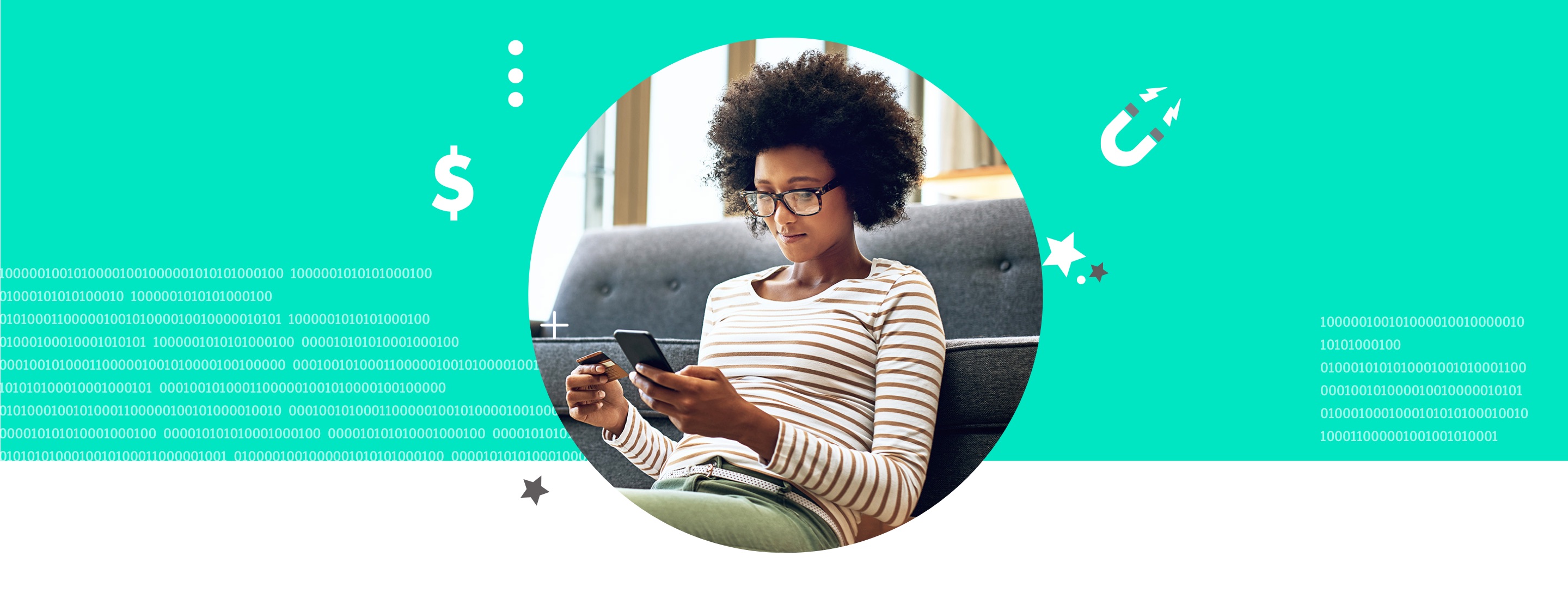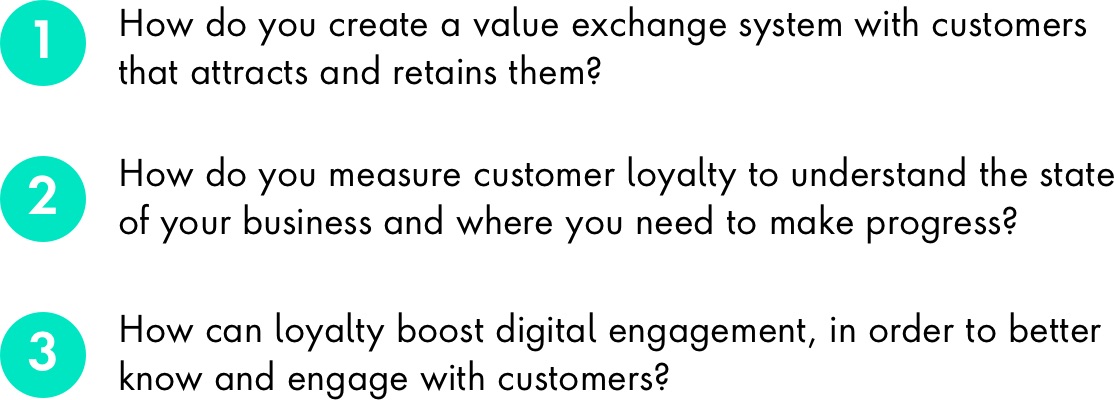Loyalty programs are enabled by (1) a value exchange system, (2) a measurement data platform and (3) digital engagement.
1. Designing a value exchange system:
Convenience, recognition and personalization within or outside loyalty programs is critical to winning customers as so many choices are available to them. The QSR industry can look to retail for best practices, another consumer-facing industry that has been experimenting with loyalty for many years. Allegra Stanley, Sephora’s Vice President of Loyalty, told Forbes that while many retailers focus on transactional loyalty, Sephora’s program is designed to appeal to customers’ emotions, citing that on average these types of perks, like happiness and trust, drive 75 percent of customer engagement with brands.
In 2019, Starbucks redesigned its program to give customers more flexibility and options to earn points faster. And in September 2020, the chain began allowing customers to pay with cash, debit and credit cards, gift cards and mobile wallet and still earn points through simply scanning the mobile app after paying however they wish. The gamification of Starbucks program is also likely part of the growth story. Members receive daily emails and notifications offering challenges to buy certain items and earn bonus points if members complete the challenge by a certain date, with some offers personalized to incentivize them to repurchase items they’ve recently bought.
Panera brings originality to its program by relying less on points and more on visits, emphasizing the surprise factor of what reward you receive, itself tied to your known preferences. The engagement goes beyond transactions, with invites to events and content about recipes and cooking tips.
Restaurants should also consider how they integrate a loyalty offering into their existing business model. Brands should avoid a white labeled loyalty program because, from a customer’s point of view, this solution is typically disconnected from the brand experience. White labeling makes it difficult for customers to do things such as connect their points to a preferred credit card. You also lose out on getting real-time first-party data, and data in general is the biggest benefit of loyalty for a business.







